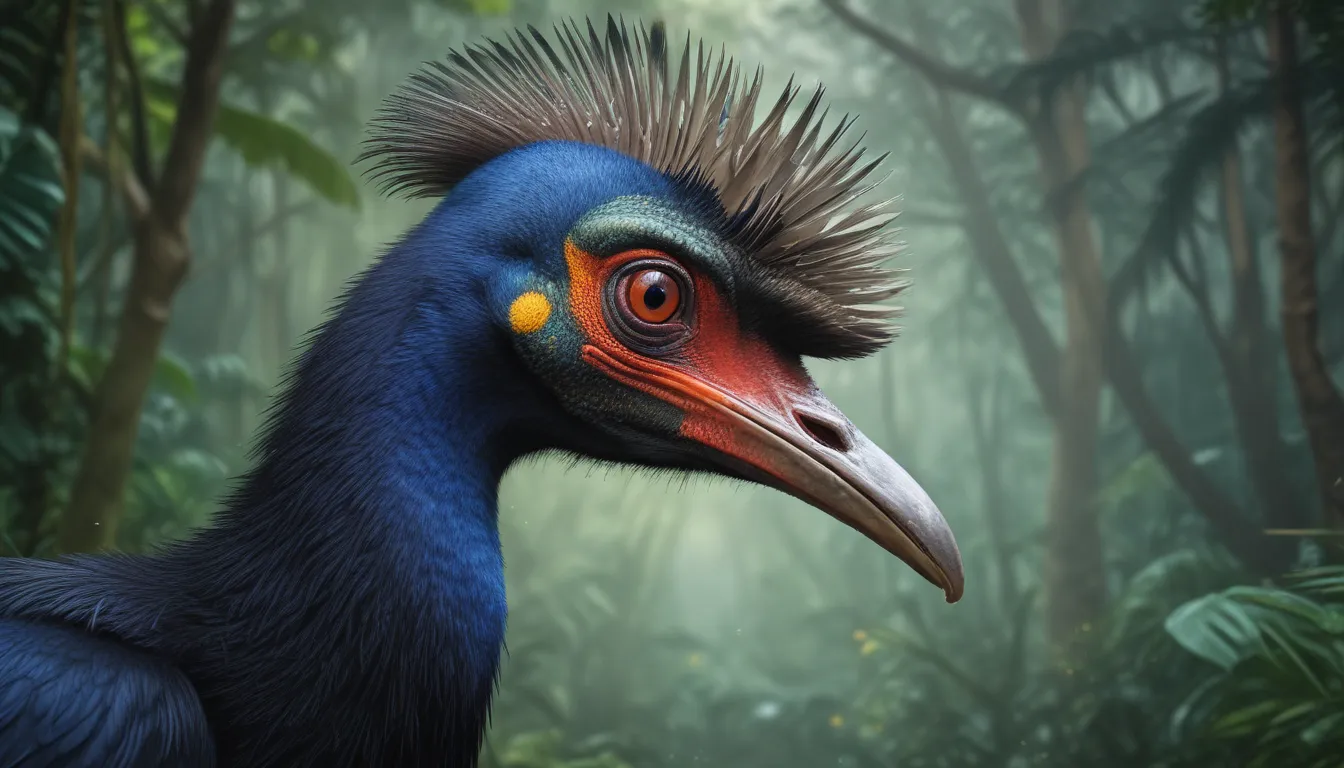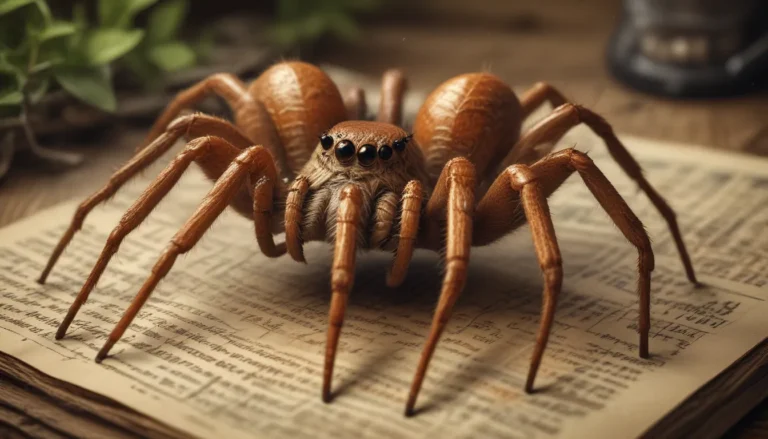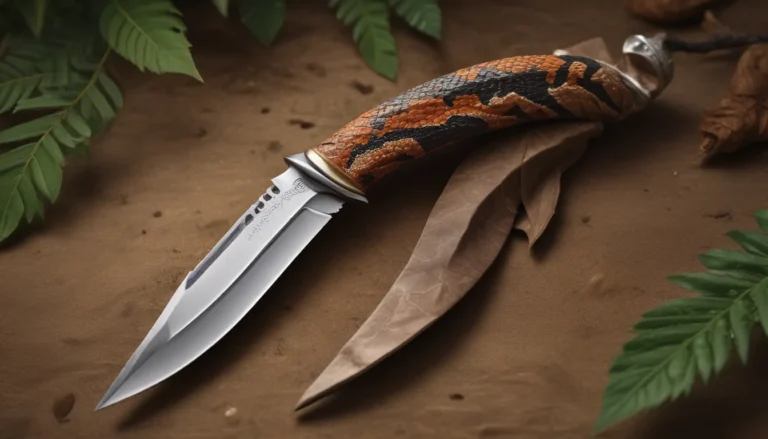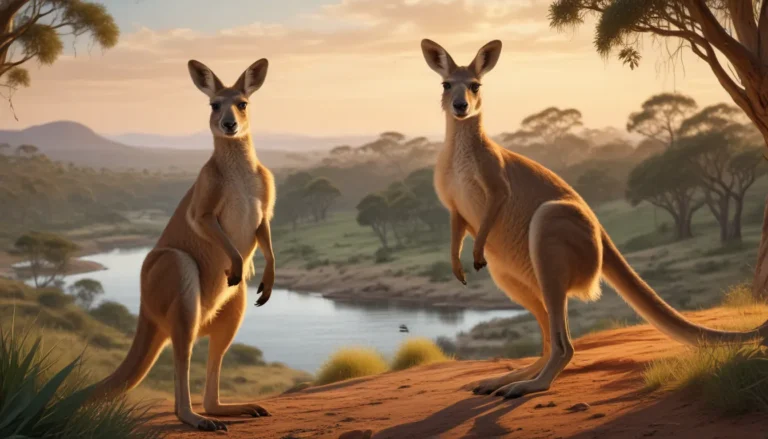The pictures we use in our articles might not show exactly what the words say. We choose these pictures to make you interested in reading more. The pictures work together with the words but don’t take their place. The words still tell you the important facts.
Welcome to the fascinating world of the cassowary, a mysterious and captivating creature that roams the rainforests of Australia, New Guinea, and neighboring islands. Known for its distinctive looks and intriguing behaviors, the cassowary has piqued the interest of animal lovers and researchers alike. Join us on an educational journey as we uncover 12 fascinating facts about this enigmatic bird, shedding light on its physical traits, diet, habitat, and ecological significance. From its vibrant plumage to its ancient lineage, the cassowary is truly a marvel of the natural world.
Key Insights into Cassowaries:
- Giant, Colorful Birds: Cassowaries are massive, colorful birds with dagger-like claws and a penchant for fruit.
- Shy Yet Powerful: Despite their timid nature, cassowaries are powerful creatures with an ancient lineage that sets them apart in the avian world.
- Ecosystem Engineers: These birds play a crucial role in the rainforest ecosystem by dispersing seeds and fertilizing the soil.
- Cultural Significance: Revered as spiritual beings in indigenous cultures, cassowaries hold a special place in the hearts of many.
A Closer Look at the Cassowary
A Flightless Wonder
Step into the world of the cassowary, a large flightless bird that calls the tropical rainforests of New Guinea and northeastern Australia home. As the second heaviest bird species globally, male cassowaries can reach towering heights of up to 6 feet and tip the scales at a hefty 130 pounds.
Vibrant Plumage
One of the most striking features of the cassowary is its vivid plumage. Adorned with glossy black feathers and patches of vibrant blue and red on their necks and heads, these birds are a true spectacle to behold in the lush rainforest.
Dagger-like Claws
Equipped with powerful legs and dagger-like claws that can grow up to 5 inches long, the cassowary is armed for defense. These formidable weapons can inflict severe injuries on predators or unwary humans who cross their path.
Fruit Feast
The cassowary plays a unique role in its ecosystem as a prime fruit disperser. Feeding mainly on fallen fruits which they swallow whole, these birds aid in plant reproduction as the seeds they consume pass through their digestive system and are scattered across the forest floor.
Unveiling Cassowary Secrets
Olympic-Level Jumpers
Marvel at the athleticism of cassowaries, as they showcase exceptional jumping abilities. These birds can clear obstacles up to 5 feet high with a single leap, enabling them to navigate dense vegetation and evade potential threats in their environment.
Goodbye Dad
In the cassowary world, it's the males who take on the parental responsibilities. After laying her eggs, the female departs, leaving the male to tend to the nest, incubate the eggs, and care for the chicks upon hatching.
Fierce Kickers
Known for their potent kicks fueled by strong legs and sharp claws, cassowaries are considered one of the most dangerous birds globally. Their kicks can break bones and cause serious harm, making them formidable creatures in the animal kingdom.
Cassowaries: Symbols of an Ancient Lineage
Ancient Lineage
Delve into the history of the cassowary, a bird that traces its lineage back around 80 million years. As living remnants of an ancient avian world, these prehistoric creatures have endured relatively unchanged over their evolutionary journey.
Boisterous Communication
Listen to the booming calls of cassowaries echoing through the rainforest. Their loud and distinctive calls serve multiple purposes, from communication and territorial defense to attracting potential mates in their lush habitat.
Embracing Cassowary Enigma
Elusive and Shy
Despite their imposing size, cassowaries are incredibly elusive and shy beings. Preferring the thick undergrowth of the rainforest, these birds exhibit a cautious nature, often choosing to retreat rather than confront perceived threats.
Important Forest Engineers
Recognize the vital role cassowaries play in maintaining the health of their habitat. By roaming the forest floor in search of food, these birds help disperse seeds and enrich the soil, contributing to the diversity and regeneration of the rainforest ecosystem.
Cultural Significance
Explore the cultural significance of cassowaries in indigenous New Guinean and Australian cultures. Revered as spiritual entities, these birds are often depicted in traditional art, bridging the human and natural realms in cultural beliefs.
Unveiling the Cassowary’s Splendor
Dive into the wonder of the cassowary and its remarkable attributes. From its vibrant appearance to its critical ecological role, these birds stand out as true marvels of the animal kingdom. Whether encountered in the wild or admired from a distance, cassowaries leave a lasting impression as nature's unique wonders.
In Conclusion
In conclusion, the cassowary stands as a captivating and extraordinary creature, with its distinct looks and intriguing behaviors captivating hearts worldwide. From its powerful kicks to vibrant plumage and indispensable role in the ecosystem, the cassowary embodies nature's awe-inspiring diversity. Embrace the opportunity to learn and appreciate the fascinating world of this flightless wonder.
FAQs About Cassowaries
Delve into commonly asked questions about these enigmatic birds for further insights:
-
What is the cassowary?
The cassowary is a large flightless bird native to the rainforests of Australia and New Guinea. -
How tall can a cassowary grow?
Cassowaries can reach heights of up to 6 feet (1.8 meters) and weigh over 100 pounds (45 kilograms). -
Are cassowaries dangerous?
Yes, cassowaries can be dangerous due to their sharp claws and powerful kick used for defense. -
What do cassowaries eat?
Cassowaries have an omnivorous diet that includes fruits, small vertebrates, and insects. -
Are cassowaries endangered?
Yes, all three species of cassowaries are considered endangered due to habitat loss and poaching.
Continue your exploration of nature's wonders with cassowaries, embracing their unique charm and ecological importance.






